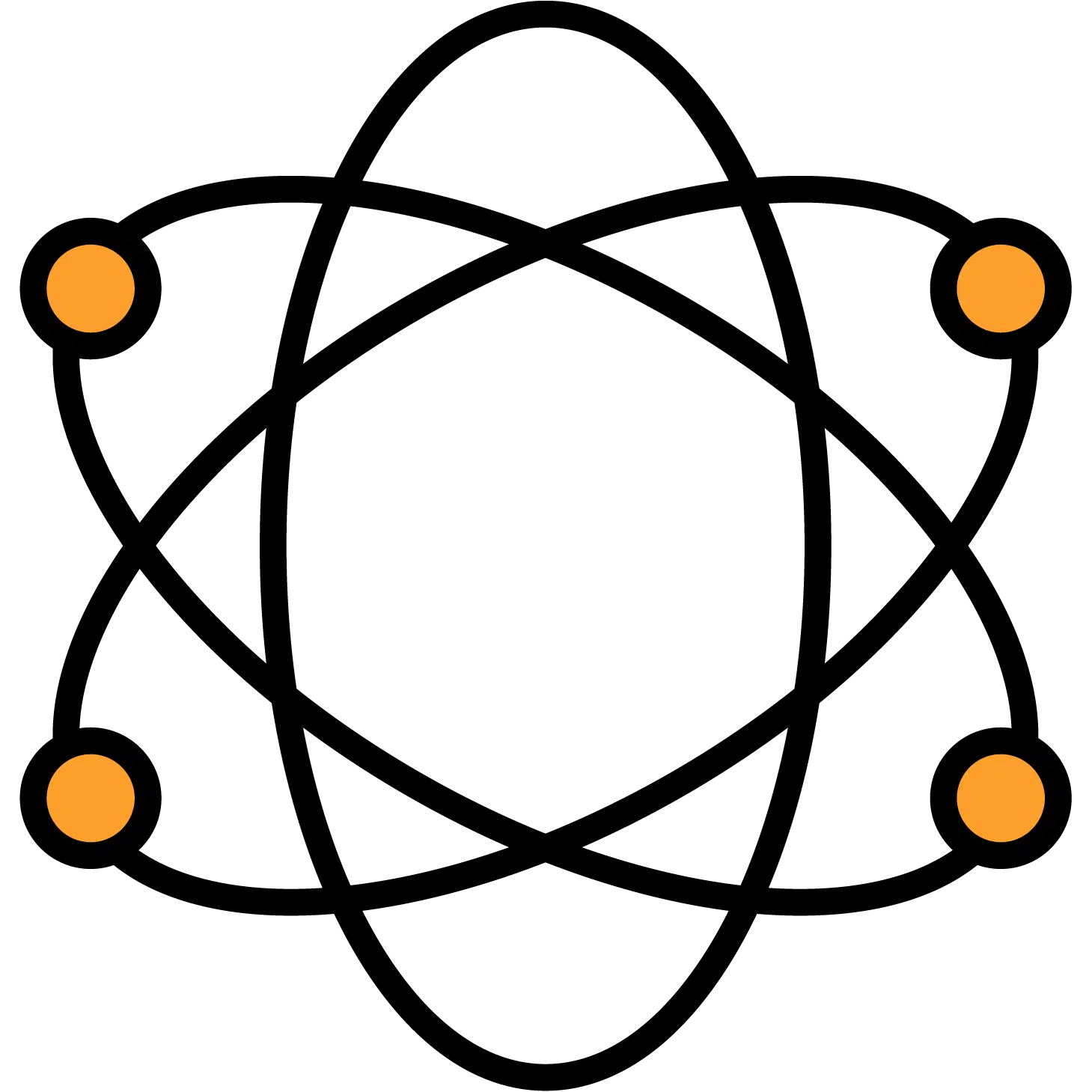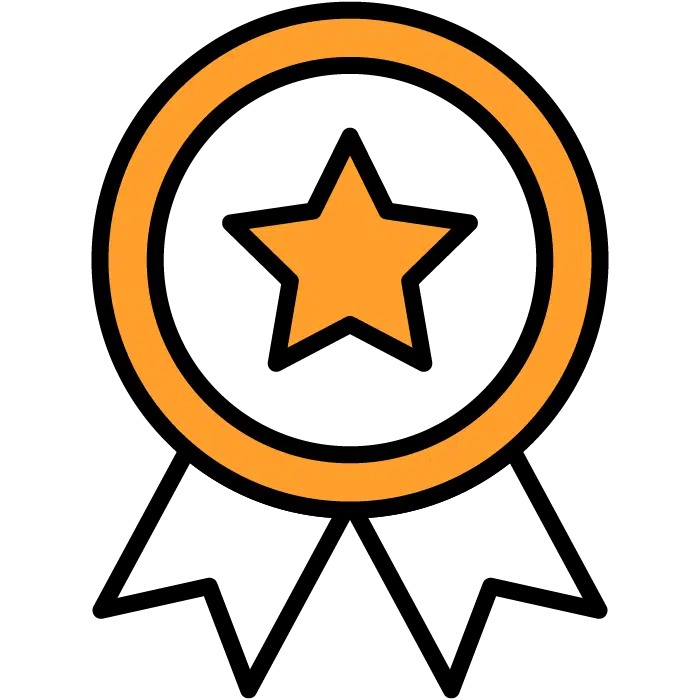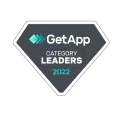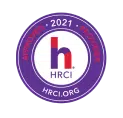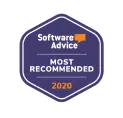Are you wondering about the difference between recruitment vs. talent acquisition?
Whether you’re a hiring manager looking to improve your processes or a recruiter figuring out how best to explain what you can offer, it’s important to be clear on the difference between talent acquisition and recruitment.
Unfortunately, a lot of people in the hiring industry use recruiting and talent acquisition synonymously. There’s some overlap between these techniques, of course — but they’re not exactly the same. Let’s explore the differences and see why talent acquisition is the more effective long-term approach.
Meet with our hiring coaches today to see how AI can slash 90% of the time from your hiring process. Start filling jobs faster right away, with 10x higher quality people.
Talent Acquisition vs. Recruitment
| Talent Acquisition Outsourcing | Recruitment |
| Long-term focus, anticipating future staffing requirements | Short-term focus on current vacancies |
| Associated with higher-level, hard-to-fill positions | Associated with entry-level, high-volume hiring |
| Requires careful planning ahead of time | Can be put into action immediately |
What Is Recruitment?
Recruitment is the process of filling open roles at a company. The recruitment process involves attracting a pool of candidates, screening applicants, carrying out interviews, and making offers to selected candidates. Recruiting is often done at volume, e.g. to recruit for multiple open roles.
What Is Talent Acquisition?
Talent acquisition is an ongoing process that involves identifying and acquiring highly skilled workers to fill key roles at a company (specialists, leaders, and executives in particular). It’s more proactive than recruitment and also includes actions designed to retain talent for the long term.
Why Talent Acquisition Builds Better Teams
If you’ve been using a recruitment-focused strategy, it’s time to switch to talent acquisition. You’ll build better teams as a result. Here’s why.
- Talent acquisition scales easier than recruitment. Because talent acquisition is proactive and forward-thinking, you can put processes in place to manage the whole process smoothly and efficiently. Recruitment’s reactive nature can make it tough to scale (e.g. if multiple vacancies arise simultaneously).
- Talent acquisition ensures long-term success. With 43% of workers actively open to other job opportunities, it’s important to have an all-encompassing talent acquisition strategy that helps retain talent, not just a recruitment focus that only kicks in when a key player quits.
- Talent acquisition creates higher-quality hires. 75.9% of job seekers use social media for information about an organization before applying, and 66.9% use it to gain insight into company culture. By including crucial pre-recruitment activities like building a positive employer brand, talent acquisition helps companies engage with these candidates.
- Talent acquisition builds a stronger company culture. A-players are looking for a culture that matches their own values. When you bring the right people on board and keep them there, you create a strong, positive company culture that means everyone wants to stick around. Organizations where employees feel genuine respect for one another see significantly improved retention.
How to Switch from Recruitment to Talent Acquisition
Ready to make the jump from recruitment to talent acquisition? It may take time, but it’s an investment well worth making. Here are the key things you’ll need to do.
Involve More Than Just HR
All too often, recruiting is seen as purely an HR matter. But for a true talent acquisition strategy, you need to involve other areas of your organization. For instance, the public relations team can be involved in helping promote your employer brand. The business development will likely be involved with forecasting and identifying talent acquisition needs before they become urgent. Business operations will educate the HR team on the characteristics of the perfect fit for open roles.
Make Sure Your ATS Works After the Hire
Basic ATSs (Applicant Tracking Systems) focus purely on gathering applications and helping you make a decision. Once the offer’s been accepted, that’s it. There’s no more the system can do for you.
Higher-quality ATS tools are designed for true talent acquisition. They have a wealth of features to help you after the hire, such as moving new hires seamlessly into a well-designed onboarding process.
Pro Tip: If you’re not already using an ATS, it’s time to join the 98.8% of highly successful (Fortune 500) companies that use them.
Curate Your Employer Brand
How do job seekers perceive your company? Do they have a positive impression — or no clue at all who you are and what you stand for?
One simple way to boost your employer brand is to add information to Glassdoor, which has 67 million monthly visitors: 89% of Glassdoor users found the employer perspective important, and 7% were more likely to apply if they could see that the employer was actively managing their employer brand (e.g. responding to reviews).
A more involved, but highly effective, technique is to use storytelling to elevate your employer brand. Here’s how:
Use Recruitment Marketing
Recruitment marketing is all about getting top talent interested, usually through a combination of different tools and strategies. As well as using common and effective methods like job boards, you can use social media to find top talent. Social media is particularly effective if you’re looking for young high-flyers. An astonishing 73% of job seekers aged 18–34 found their last job through social media.
Cultivate Passive Candidates
Social media is also a good place to find talented individuals who might not be actively looking for a new role, with 82% of organizations using it to recruit passive candidates. Instead of leaving top talent to get snapped up by a rival, make sure you’re building connections and links with talented individuals who you’d love to recruit in the future.
Create a Strong Employee Referral Program
Employee referrals are an astonishingly effective talent acquisition tool. Candidates who come in through a referral typically stay 70% longer than non-referral hires, and cost employers 41% less (over the life of the hire). Implementing an employee referral program doesn’t need to take long. You can use AI to help, and it’ll pay off again and again as you recruit fresh talent.
Ready to revolutionize your hiring process? Visit DiscoveredATS.com now to harness the power of AI-driven solutions and transform the way you acquire talent. Don't miss out — start building a stronger workforce today!
